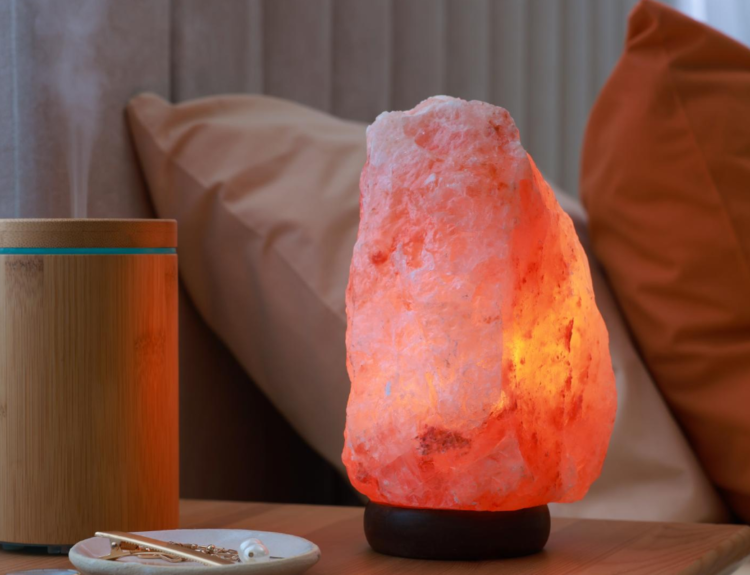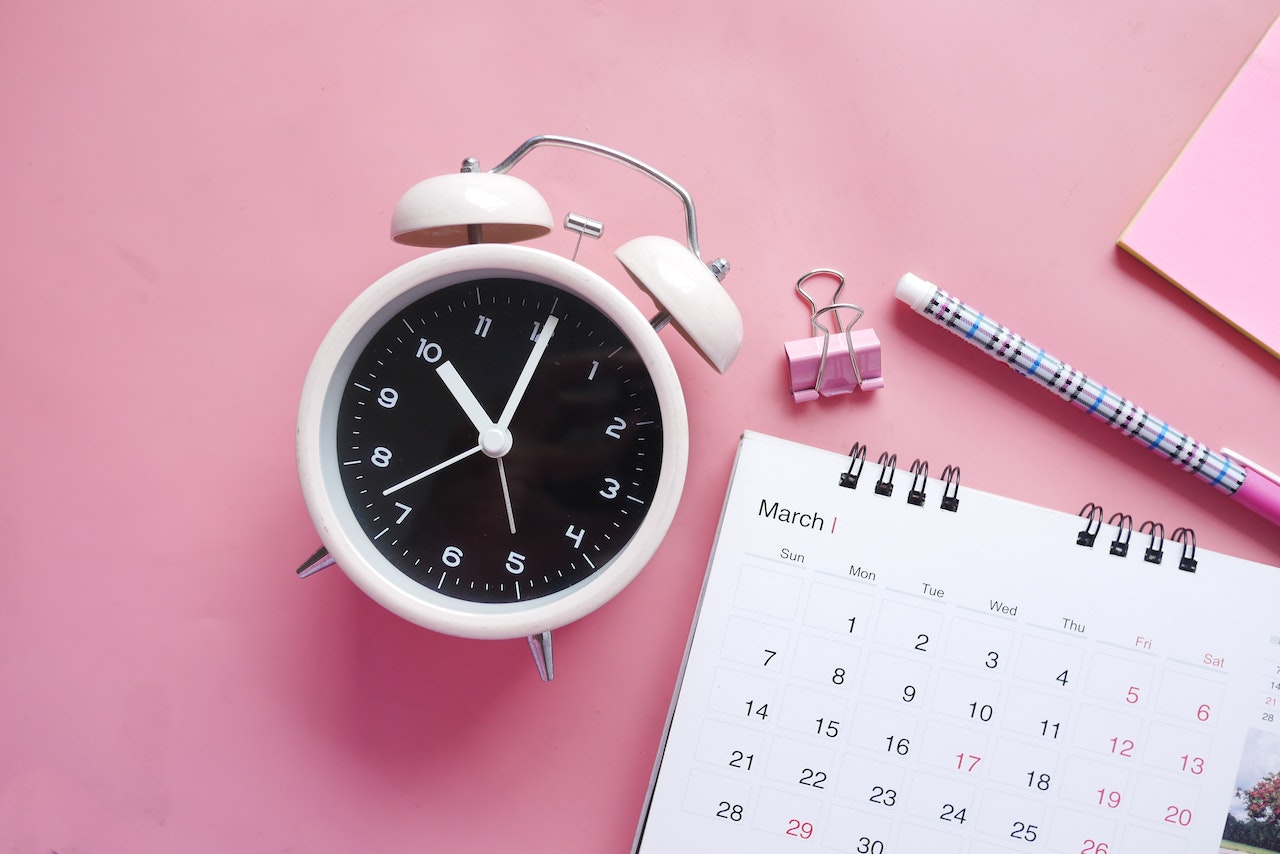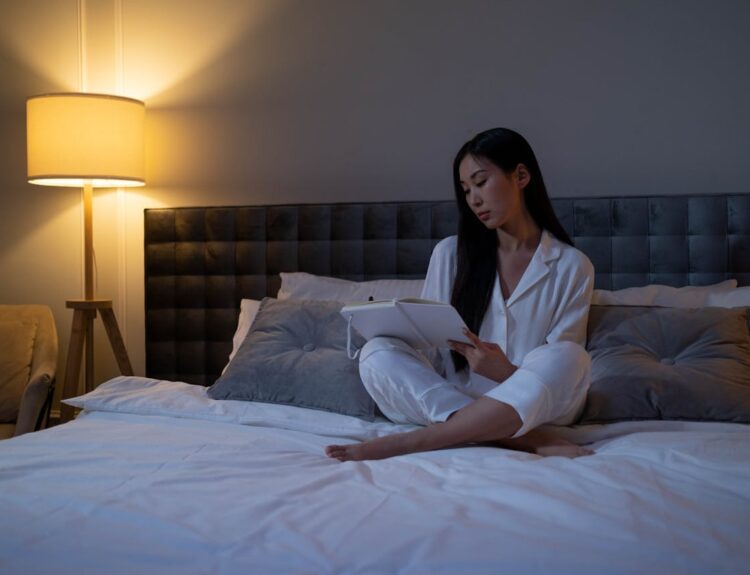You will agree that taking a nap after a hard day at work or after lunch is a great pleasure. We expect to rest and recharge with energy, but sometimes we wake up groggy and need time to clear our minds again. The reason for this is the length of the nap, and we researched precisely how many minutes a rest should last to feel refreshed.
Your nap should last between 10 and 20 minutes to rest, recharge, and feel refreshed. This nap length promotes wakefulness and improves performance and learning ability, while napping longer than 30 minutes is associated with a loss of productivity.
THE POWER OF A POWER NAP
A power nap is a short sleep that terminates before deep sleep and is intended to revitalize the sleeper quickly. Cornell University social psychologist James Mass coined the term.
Studies show that daytime sleep improves the quality of learning, alertness, and memory. Some of the main benefits of napping are the reduction of tension and fatigue, relaxation, and improved mood. Also, it boosts productivity and creativity and improves physical performance. Therefore, it is unsurprising that we hear more about the introduction of naps in the workplace and schools.
Most people go to bed late due to daily responsibilities and must get up early to work. Insufficient night’s sleep harms all aspects of our lives, especially cognitive performance. A short nap during the day can be a good solution for people who cannot sleep enough during the night.
Even if you sleep regularly, try incorporating short naps into your daily routine. You will soon notice you are more relaxed, productive, and in a better mood.
BAD SIDES OF TOO-LONG NAPS
It has happened to everyone that after an afternoon nap, instead of being refreshed, we feel groggy. This is called sleep inertia, the transition from sleep to wakefulness. It is a period when we feel dazed and confused, and our ability to think is reduced. Research has shown that sleep inertia occurs if we sleep longer than 30 minutes. Therefore, sleep should be limited to between 10 and 20 minutes. This is how long a power nap should take to recharge and restore energy.
Now you know what causes that feeling, so limit your daytime sleep. Enjoy your nap, but don’t forget to set the alarm to wake you up on time to avoid sleep inertia.
SELECT TIME FOR A POWER NAP
It has been proven that napping during the day could be a good strategy for improving quality of life and increasing productivity. We must look at our usual sleeping habits to determine an ideal time for a power nap. It is best to nap earlier in the afternoon to avoid disturbing the night’s sleep.
Some studies talk about the so-called post-lunch dip. It is the time of day when sleepiness increases and attention falls. Since we naturally feel tired then, it can be concluded that it would be a suitable time for an afternoon rest.
However, a lot of people today work in shifts. Many medical and service workers work night shifts. Experts say that napping is also effective for them. Even if it starts at 00:00, it can reduce the risk of mistakes in the morning.
Think about what part of the day you most often feel tired. Choose that part of the day as the time for your power nap.
MAKE A COMFORTABLE PLACE TO NAP
To fall asleep quickly, you need to create a comfortable environment. This is important for both night and day sleep. It should be quiet, so make sure no one disturbs you. Consider it a precious time to rest and re-energize.
It has been proven that relaxing music before a nap improves sleep quality. If you have trouble falling asleep, try listening to soothing music.
The place for a nap should be dark. So be sure to wear a sleep mask to block out daylight.
The room’s temperature should be neither too cold nor too hot. Remember that you must have a suitable blanket.
And what if you are among those people who have such working hours that they can’t take a nap at home, and at work, they don’t have quiet areas for relaxation? If so, take a break in the office during your lunch break. Put on a sleep mask, play relaxing music on your headphones, and inform your colleagues that it’s time for you to take a short power nap. Ask them not to disturb you during this period to regain energy and increase productivity.
EXERCISE BEFORE A NAP
Much is already known about the health benefits of exercise and sleep. Some research shows the combined effects of physical activity and napping on the human body, and exercising before a nap benefits memory better than resting or exercising alone. Exercise and sleep are not independent factors but work together. A combination of exercise and short naps positively affects cognitive performance and even improves long-term memory.
Regular exercise improves sleep quality and reduces the time to fall asleep. However, one should be careful here because exhausting and long-lasting exercises can sometimes have the opposite effect and even disrupt sleep. Moderate and regular physical activity is best for healthy sleep.
If you have not yet included exercise in your daily schedule, consider starting with the simplest form of recreation—walking. Minor changes in your daily habits, such as 15 minutes of walking and 15 minutes of a power nap, will quickly improve your physical and mental health.
_____
Sleep plays an essential role in maintaining our physical and mental health. Napping during the day has many positive effects, but remember that it cannot replace a quality night’s sleep. Naps are a great way to refresh yourself when your productivity drops during a busy day. In addition, it lifts our mood and improves the quality of learning, memory, and physical performance. So, set a time in your daily schedule for your nap, find a comfortable place, and let this form of relaxation become your daily habit.
This post may contain affiliate links. You can read the affiliate disclosure here.








